Afghanistan: January 2013
Our nation's presence in Afghanistan made its way back to the collective conscience last week when Afghan President Hamid Karzai appeared in a joint press conference with President Barack Obama. This post features a few images of daily life from late December and the first few weeks of January. Simple things - shelter, food - remain challenges for many of the Afghan people - displaced by years and years of conflict and war. -- Paula Nelson ( 30 photos total)

An Afghan woman stands to receive winter supplies at a UNHCR distribution center for needy refugees at the Women's Garden in Kabul, Jan. 2, 2013. Hundreds of families living in makeshift shelters around the Afghan capital collected blankets, charcoal and other supplies as authorities struggle to avoid last year's deadly winter toll. With temperatures dropping to -10 Celsius (14 Fahrenheit) at night in the city, the 35,000 refugees who live in the snow-covered camps face a battle to survive dire conditions protected only by plastic sheeting. Despite Afghanistan receiving billions of dollars of aid since 2001, more than 100 children died last year during the harshest winter in two decades. (Shah Marai/AFP/Getty Images)

Hayatullah, 35, who like most Afghans goes by only one name, carries a bag of cooked rice left over from customers in a Kabul restaurant, Jan. 9, 2013. Hayatuallah lost a leg to a land mine in Shamali plain, north of Kabul during the deadly Afghan civil war of 1991-1996. Afghanistan is still one of the heavily mined countries in the world despite international efforts to clean the poverty-nation from millions of mines that were planted by the former Soviet ary between 1979 and 1987, followed by a deadly civil war between Afghan faction that defeated the Russian and Taliban who rulled the troubled country between 1996 and 2001 and now waging an insurgency against the NATO forces and use roadside bombings, improvised explosives devices as a main weapon in their war tactics. (Shah Marai/AFP/Getty Images) #

A woman mourns after loosing her son and brother in an explosion in Sayedabad, Wardak southwest of Kabul, Afghanistan, Jan. 13, 2013. An explosion killed seven Afghan villagers as they tried to pull bodies of insurgents killed from the rubble of a village mosque after a night raid by NATO and Afghan troops in the country's east, officials said. Four insurgents and an Afghan soldier were also reported to have been killed. (Rahmatullah Nikzad/Associated Press)#

An Afghan worker looks out from a window at a fruit factory which was destroyed by a car suicide bomb attack, in Kabul Dec. 21, 2012. When a Taliban suicide bomber killed two people on the edge of the Afghan capital this month, there was another casualty - a global fruit juice business optimistically called "Spring Wish" which provided work for thousands of farmers across the country. (Omar Sobhani/Reuters)#

An Afghan girl looks through the window of a residence, Dec. 26, 2012. Over a third of Afghans are living in abject poverty, as those in power are more concerned about addressing their vested interests rather than the basic needs of the population, a UN report said. (Noorullah Shirzada/AFP/Getty Images)#
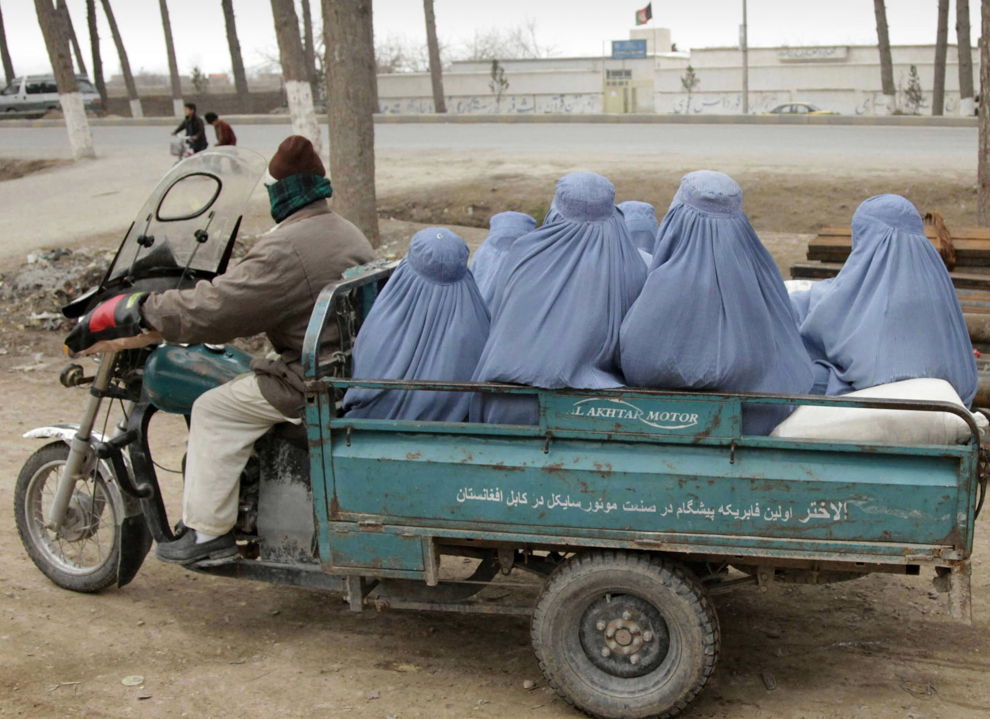
Afghan women are transported in the back of a three wheeled motorbike after receiving a sack of flour each, donated by the women's affairs department, in the Gozara district, Herat province, west of Kabul, Afghanistan, Dec. 26, 2012. The women's affairs department of Herat province donated a sack of flour to around 250 families in the Gozara district. (Hoshang Hashimi/Associated Press)#

Afghan children sell handicrafts to a NATO soldier during a monthly bazaar at the International Security Assistance Force (ISAF) headquarters in Kabul, Jan. 5, 2013. Analysts have warned the country could plunge into another large-scale civil war after the NATO-led force departs by 2015. (Massoud Hossaini/AFP/Getty Images)#

Afghan internal refugee children work at a traditional brick factory on the outskirts of Herat, Jan. 7, 2013. In 2012 alone, spreading conflict in Afghanistan has forced more than 166,000 Afghans to flee their homes, bringing the total number of people internally displaced by conflict to at least 460,000 since the fall of the Taliban in late 2001. Conditions for the displaced have fallen well below international standards, according to a 2012 study by the Norwegian Refugee council. (Aref Karimi/AFP/Getty Images)#
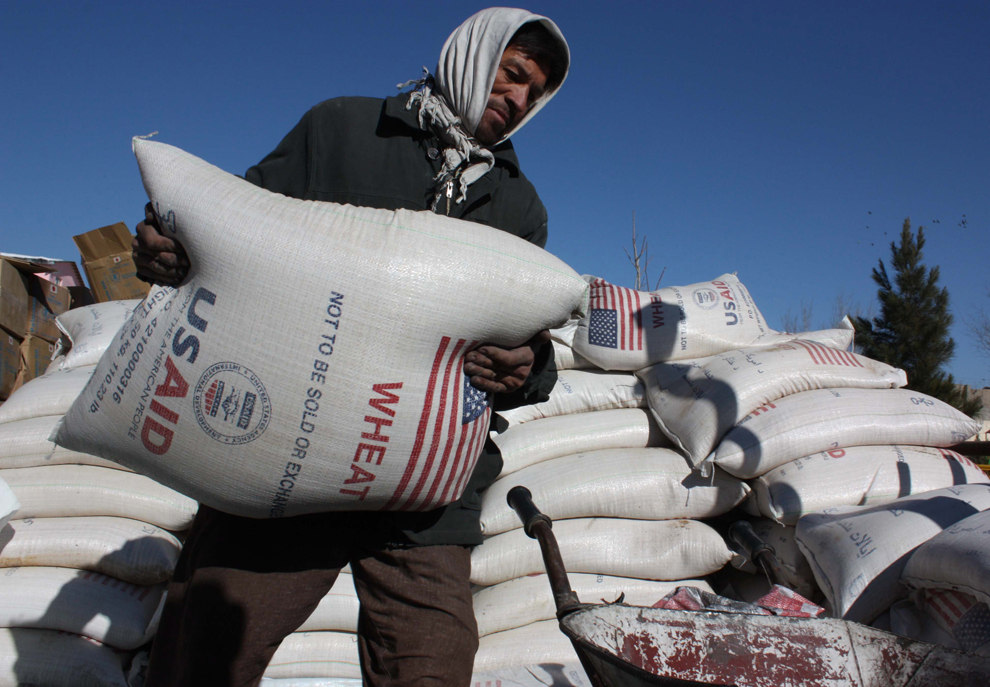
A laborer sorts wheat flour sacks to be distributed among Afghan vulnerable families threatened by Afghanistan’s harsh winter weather, by the UN Refugee Agency (UNHCR) in Kabul, Afghanistan, Jan. 2, 2013. The United Nations Office for the Coordination of Humanitarian Affairs (UNOCHA) says more than two million Afghans throughout the country are at risk from extreme weather this winter. During the 2011 Winter, more than 30 Afghans - most of them children - froze to death when the country witnessed one of the harshest winters in the past 15 years with record snowfall. (S. Sabawoon/EPA) #



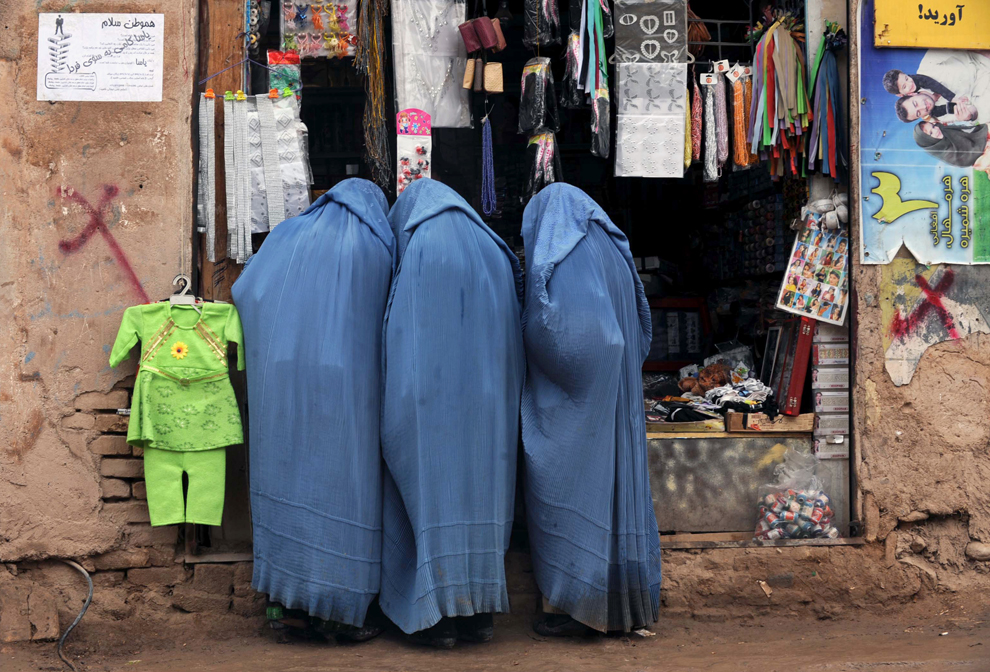

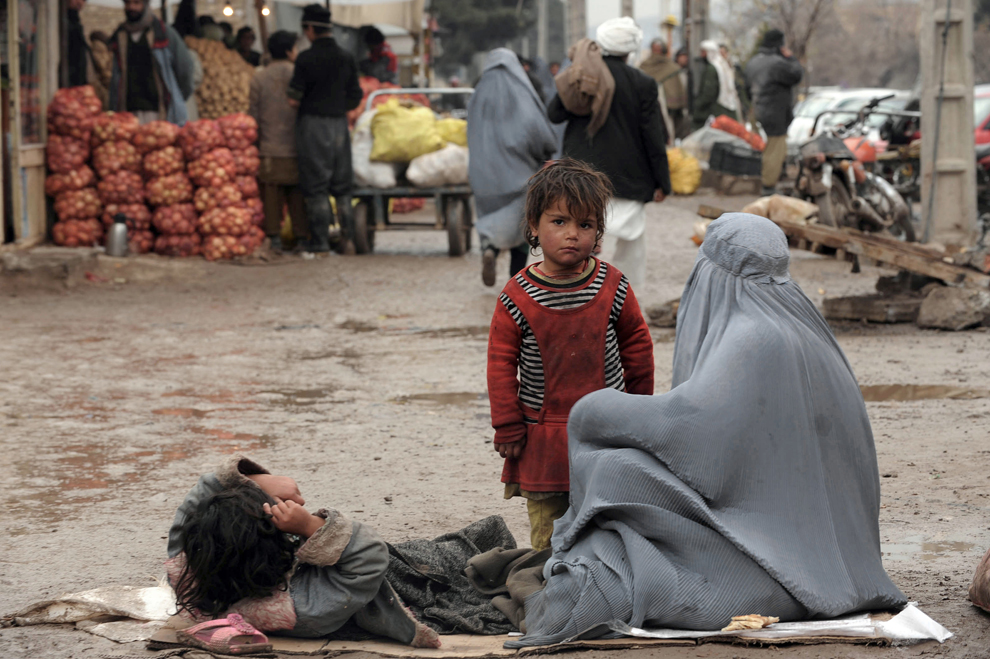
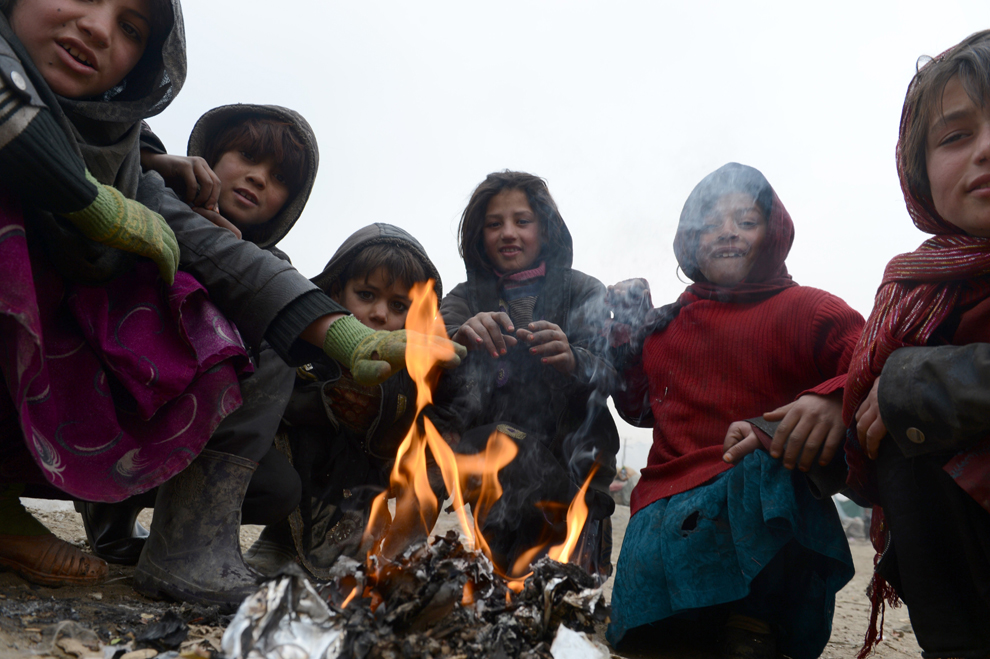
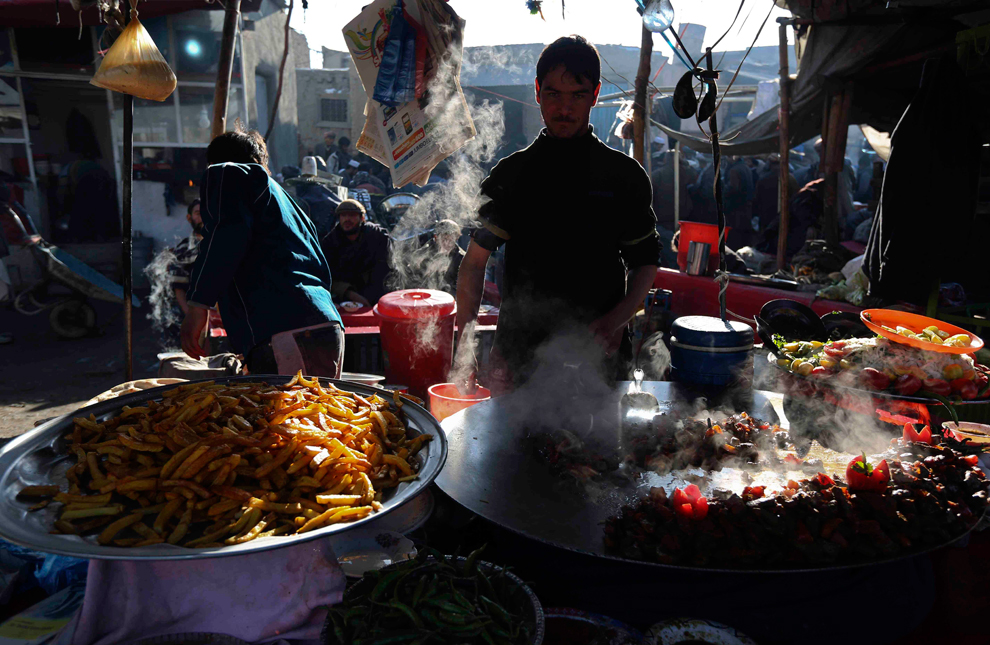
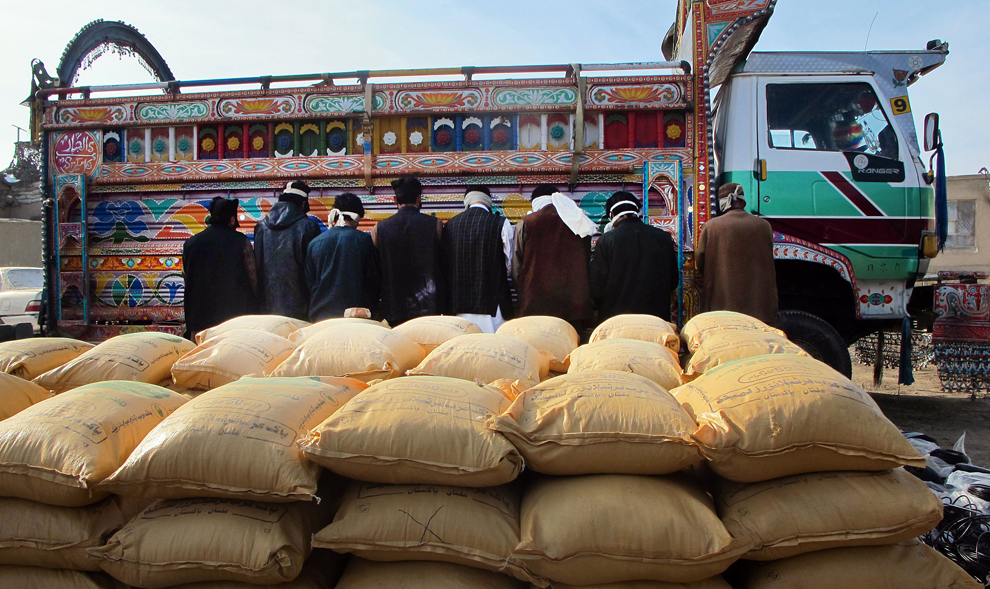


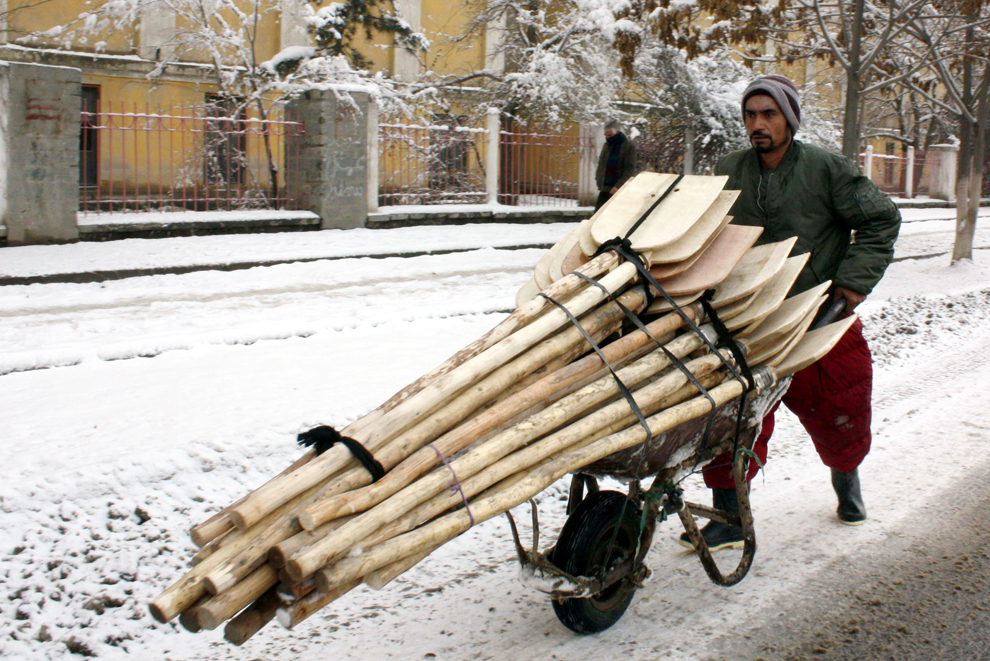
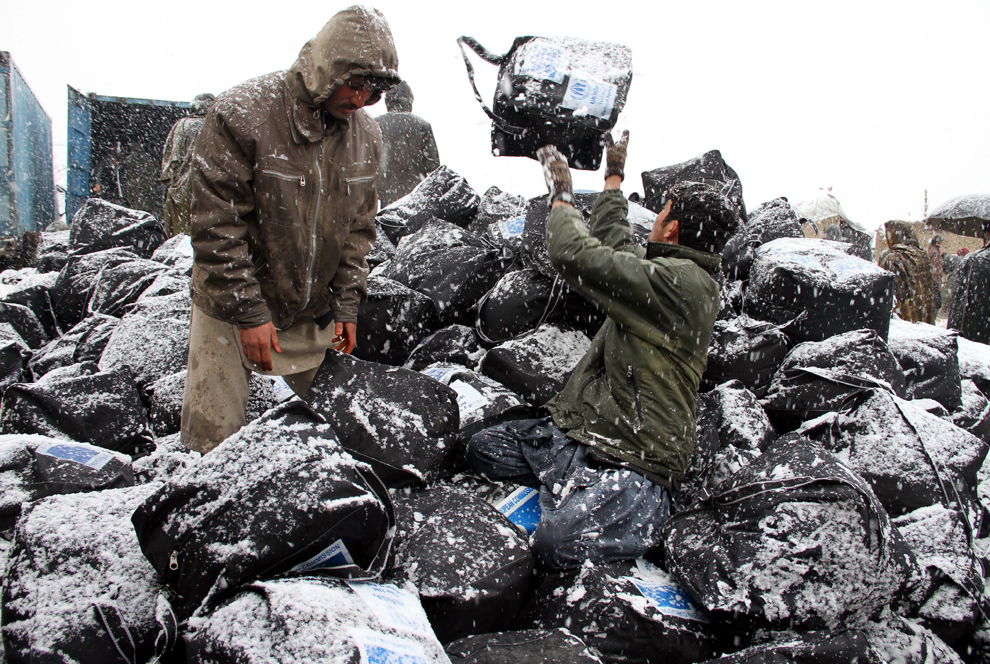
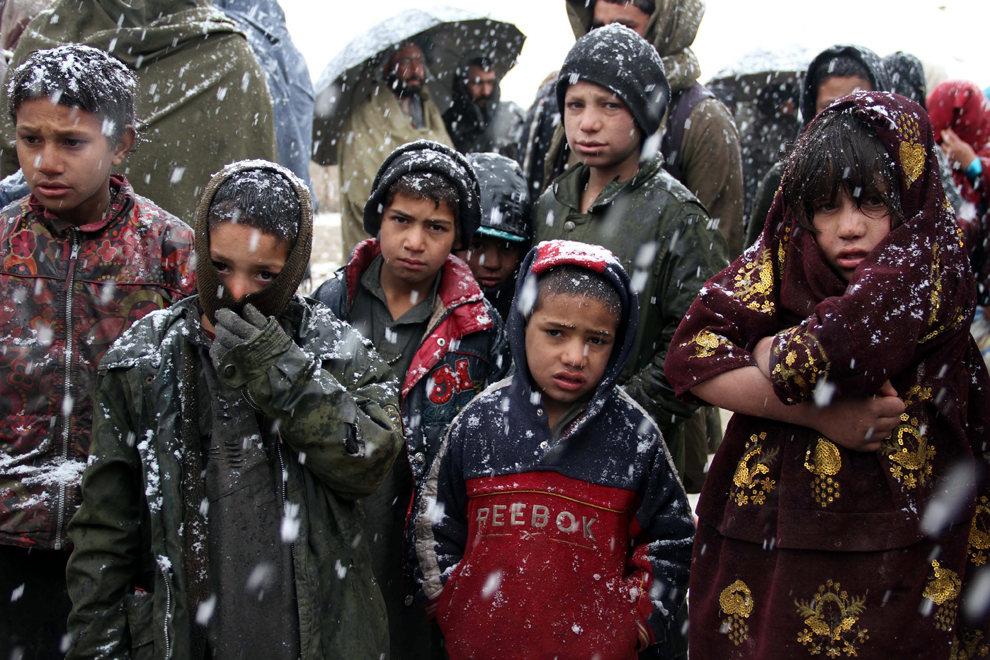
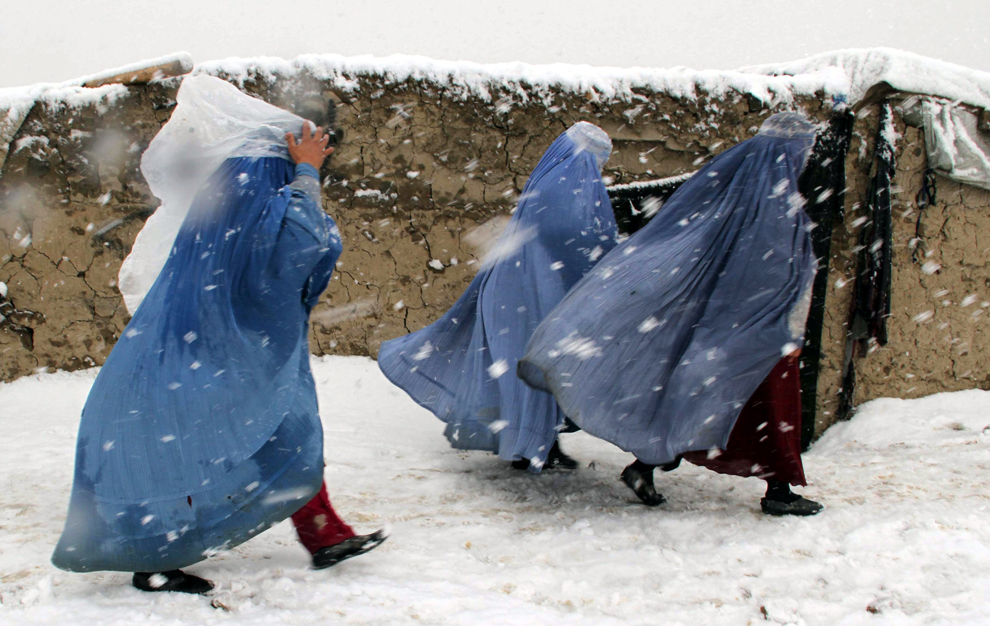
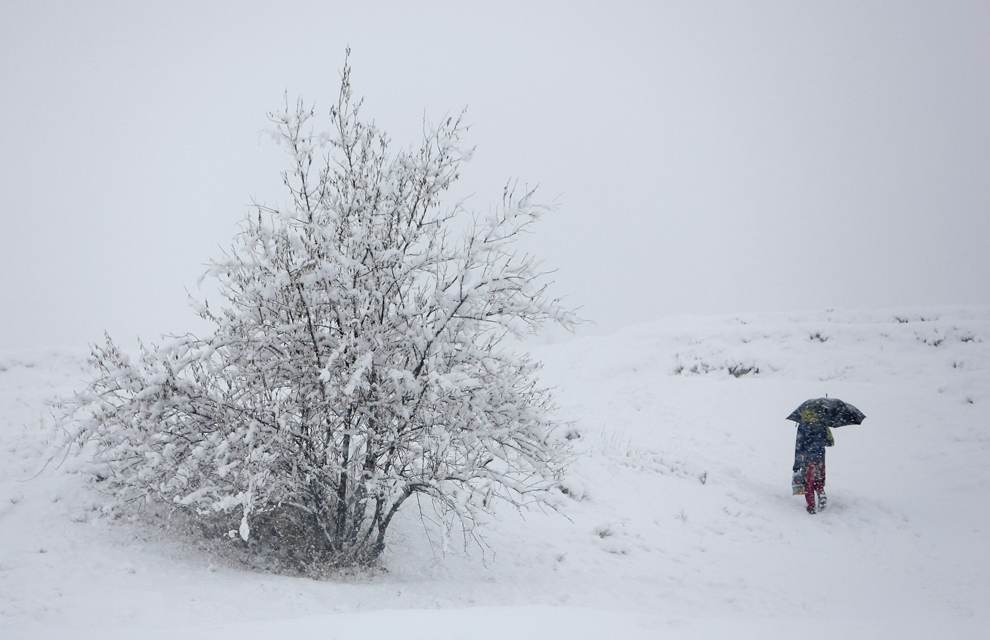
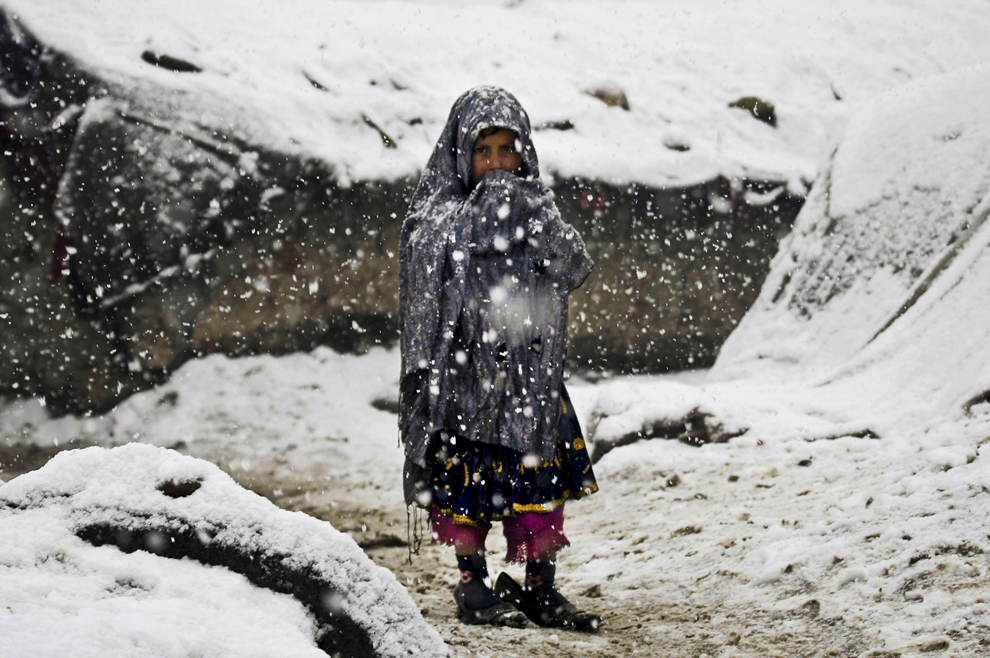
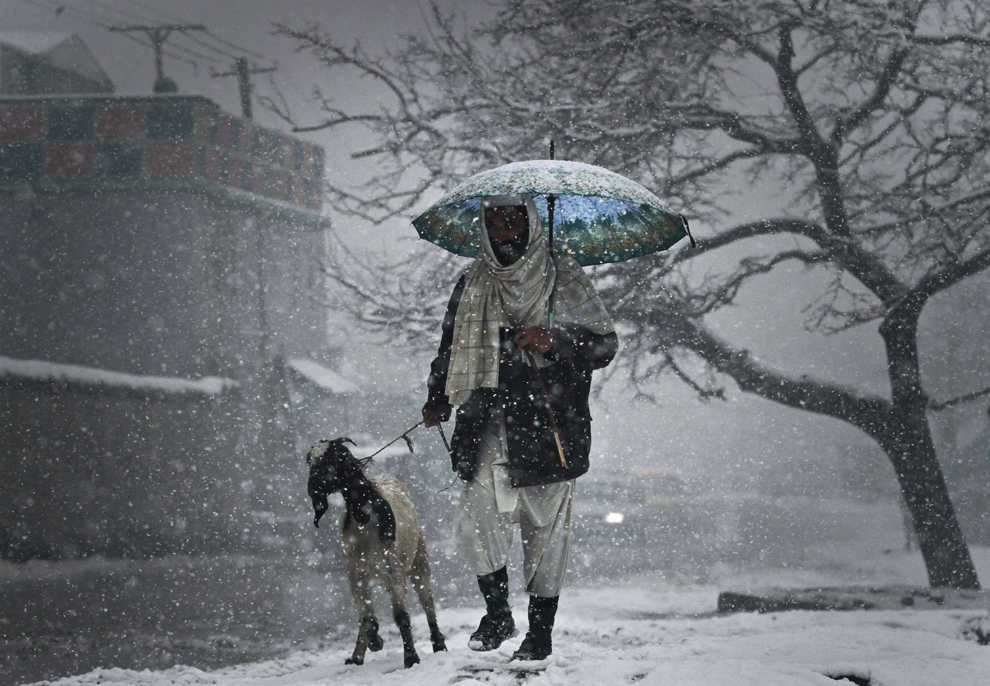
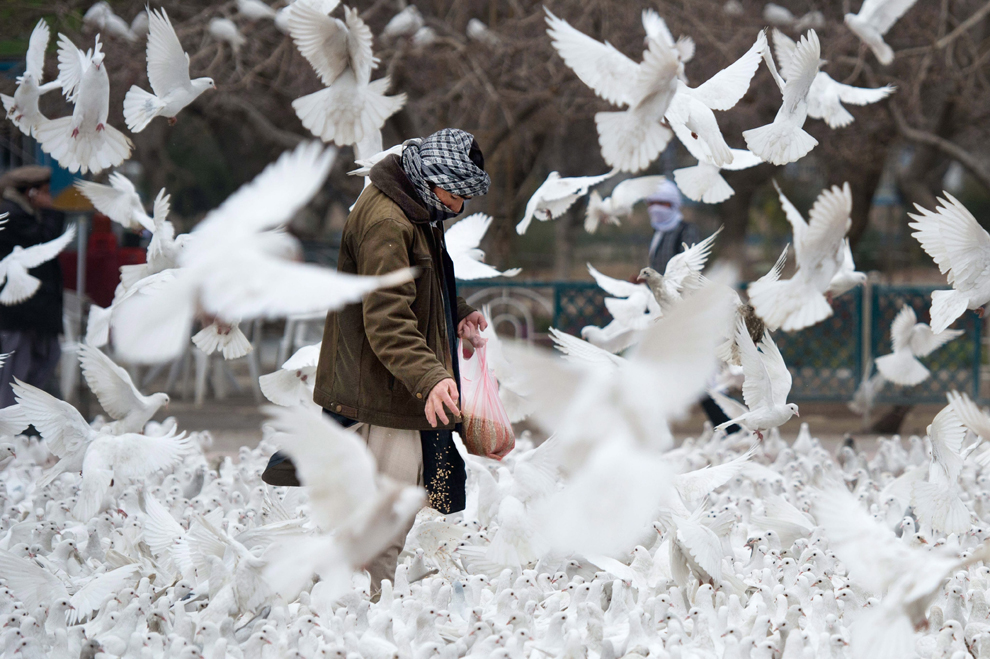
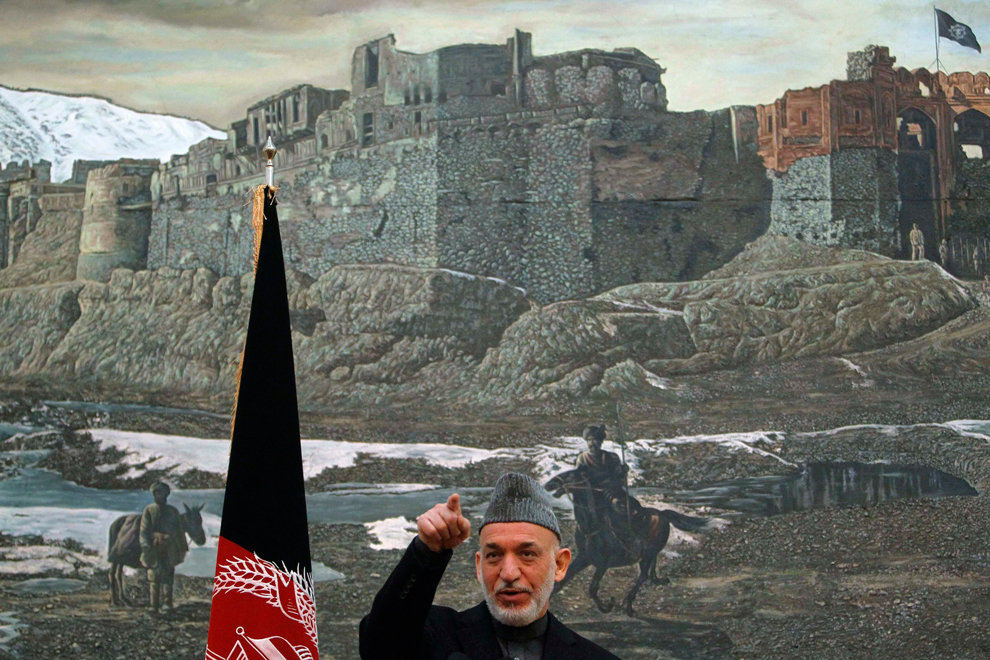
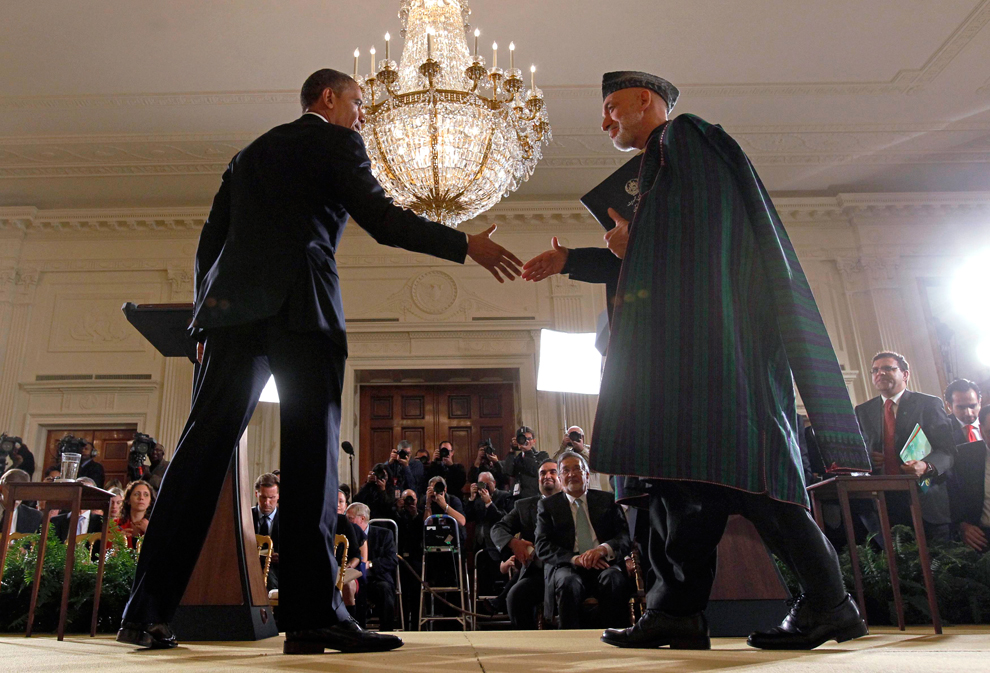
No comments:
Post a Comment